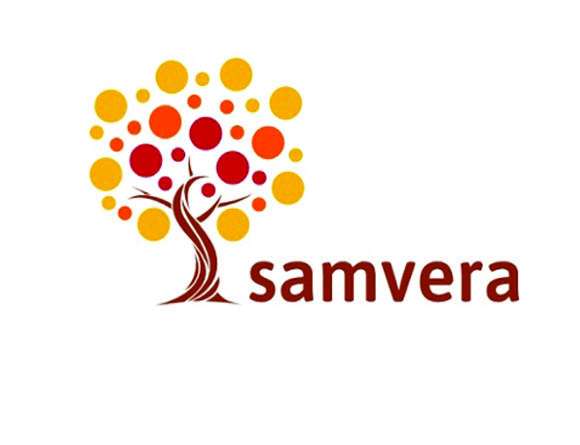This year we spoke to Judy Willcocks, Head of Museum at Central Saint Martins. She won a DPC scholarship to attend the Digital Preservation Training Programme (DPTP) Online course in November 2017, and in June 2018, as she was nearing completion, we thought it would be a good time to ask her to share her experiences of the course. We already knew that Judy was quite engaged with the content if her contributions to the forums were anything to go by. We call them forum posts in the VLE; but she called them “tutorials”, and found it a useful online space to discuss topics with the tutor.
Did she find distance learning a good way to work? “There’s no way this [much content] could have been covered on a two-day face-to-face course,” said Judy. “The User Experience module was my favourite module, and it coincided with an institutional need here. The whole thing gave me a much better understanding of the preservation landscape. A lot of it related directly to what we’re doing here,” she added, alluding to the workings of a digital preservation system. “I want to know what happens to an information package when it is generated, looking under the bonnet. So it was useful to walk-through what is happening inside that system.”
Another benefit of the training is that it passes on more familiarity with IT terms. “I wanted to improve my knowledge to be sure when I’m at the table that I knew what IT people were talking about, make a contribution to the conversation and make sure we’ve got good systems,” is how Judy expresses this. “I wanted to professionalise my practice, and negotiating around the forms and processes, make informed choices, make solid contributions to the procurement of IT and the rolling out process.”
Central Saint Martins (CSM) are, like many, facing the challenge of capturing and preserving complex digital objects. For CSM, these happen to relate to artworks. They can be new, interactive works created by students. Judy speaks about “moving towards new technologies being used by students – photogrammetry – huge 3D scans – experimenting with advanced surface imaging technologies and gaming engines – contoured images. Students also make websites and apps and virtual reality artworks.” Ever-more complex materials are being gathered, and the questions include whether to migrate or not migrate, and how to package the content. “Virtual Reality artwork comprises TIFF and RAW files stitched together with a mesh,” Judy explained to me. But it goes out of date quickly. “Our VR headsets have been upgraded twice. There’s almost no awful problem they’re not prepared to throw in my direction!”
Ed Pinsent (Digital Archivist and Course Tutor) conducted the interview below in July 2018. We’ve decided to segment the conversation into seven sections, as a wide range of subjects are covered. We’re hoping that a lot of Judy’s experiences will resonate with our readers, and that the challenges she faces with complex born-digital artworks will be of interest to others facing similar issues; she is in the middle of forming connections with national and international partners, to continue discussions about this important area.
https://soundcloud.com/cosector_uol
- Part 1: What’s in scope 5:28
- Part 2: Complex digital objects 6:15
- Part 3: Gaining confidence with IT terms 5:34
- Part 4: Why choose the DPTP? 6:57
- Part 5: What worked on the course, and what didn’t? 8:40
- Part 6: CSM’s plans for preserving VR objects 7:47
- Part 7: The future of digital preservation 7:48
If you are interested in learning more about the DPTP course, then please do get in touch with us here https://www.cosector.com/contact/

